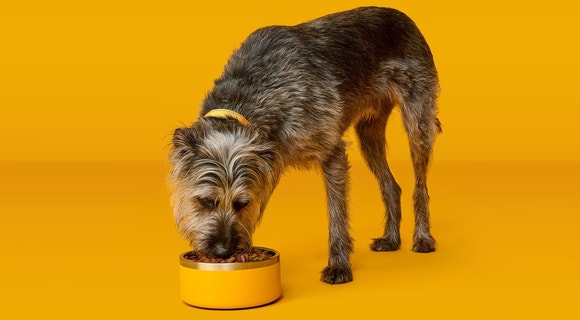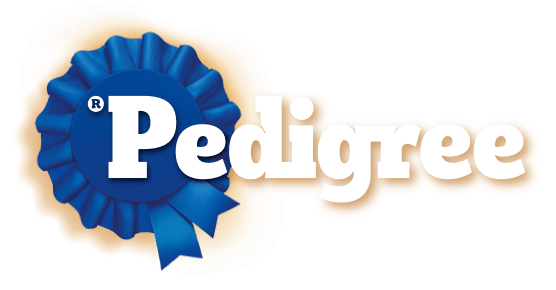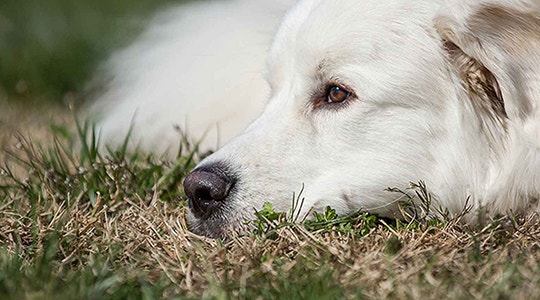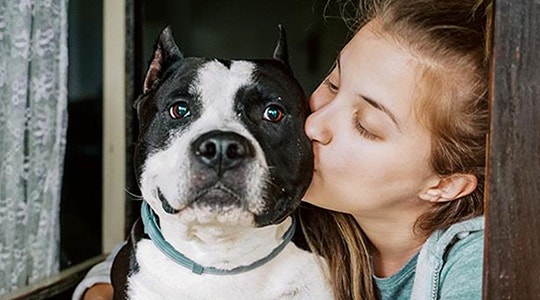
How Often Should I Feed My Dog: A Guide for Pet Owners
Like humans, dogs have unique dietary needs that vary based on factors such as their age, size, and activity level. So the answer to the question, “How often should I feed my dog?” isn’t as straightforward as you might like.
But don’t worry! We’ve created this guide to help you confidently feed your dog so they can live a long, healthy life by your side.
Let’s get started!

Understanding Your Dog’s Nutritional Needs
Before we discuss how often you should feed your dog, it’s important to understand their nutritional needs. Dogs require a balanced and complete diet with the right amount of:
Carbohydrates
Fat
Vitamins and minerals
Let’s look at why each of these nutrients is vital for your dog’s health.
Protein
Protein plays an essential role in your dog’s diet. Their body uses this macronutrient to build and repair tissues, maintain their immune system, and produce enzymes and hormones that keep them healthy.
Ideally, an adult dog’s diet should contain 18% protein. Puppies(open in new tab) need even more since their bodies are growing and developing rapidly. Look for a puppy food with at least 22% crude protein, like PEDIGREE® PUPPY™ Dry Dog Food Chicken & Vegetable Flavor(open in new tab).
Carbohydrates
Carbohydrates provide your dog with energy(open in new tab) to fuel their day-to-day activities. They also aid in digestion since they provide fiber.
However, not all carbohydrates are created equal. Your dog doesn’t need added sugar, corn syrup, or other filler ingredients. Instead, look for dog foods that use whole grains and accents of vegetables, such as PEDIGREE® Adult MARROBITES™ Steak and Vegetable Flavor(open in new tab).
Although you may worry that feeding your dog too much fat could lead to obesity, it’s important to remember that they still need some fat to thrive. It’s a concentrated energy source that helps them absorb vitamins and minerals and maintain a healthy skin and coat.
Omega-6 fatty acids are especially important for dogs so you’ll want to make sure the dog food you choose has optimal levels of this nutrient. PEDIGREE® Dry Dog Food High Protein Beef and Lamb Flavor(open in new tab) is a great choice as it’s enriched with omega-6 fatty acids to help nourish your dog’s skin and coat
Vitamins and Minerals
Vitamins and minerals play a role in everything from bone development to immune function. Look for dog food that includes the vitamins and minerals your dog needs.
You should also consider your dog’s age and condition to ensure their food has the minerals they need to help support optimal growth and development.

How Often Should I Feed My Dog?
Now that you know more about what nutrients your dog needs, it’s time to answer the question, “How often should I feed my dog?”
Typically, dogs need to eat at least twice a day. However, your dog may need to eat more frequently based on their life stage(open in new tab), breed, and overall health.
In addition to those factors, it’s also important to consider your schedule and availability to make sure you’re able to give your canine companion the food they need when they need it.
Start by referencing the feeding guidelines on your dog food pack and consult with your veterinarian if you have questions.
Life Stage
Puppies need to eat more frequently than adult dogs. Their stomachs are smaller, and they require more nutrients to support their growing bodies. Pups also burn more calories than adult dogs with all their playful energy.
Plan on feeding your young dog three to four smaller meals throughout the day. This feeding schedule will help them maintain a steady energy level and help prevent overeating. As your pup grows, they can switch to a two-meals-a-day schedule that’ll work for most of their lifetime.
Once your dog graduates into the senior life stage(open in new tab), their nutritional needs may change again. Older dogs are starting to slow down and may not need as many calories as they did when they were younger.
While many senior dogs can successfully continue their twice-a-day feeding schedule, some may do better with three smaller meals. This allows them to get the necessary nutrients without overloading their stomach or causing digestive issues.

The size and breed of your dog(open in new tab) also plays a role in how often you should feed them. For example, small breeds like Chihuahuas may need to eat more frequently due to their high metabolism and small stomachs.
Smaller dogs also benefit from dog food designed specifically for them. They may have trouble eating large kibble, so pick a brand with smaller pieces formulated for little dogs, like PEDIGREE® With TENDER BITES™ for Small Dogs(open in new tab).
The largest dog breeds, such as Saint Bernards, Great Danes, and Mastiffs, may also benefit from three daily meals. They require a large amount of food each day to support their bodies, and they may have gastrointestinal trouble if they eat several cups at once.
Overall Health
Work closely with your vet to determine the best feeding schedule for your dog based on their unique needs.
Your Schedule
Your schedule and routine also matter. For instance, if you work long hours, feeding your adult dog in the middle of the day may not be practical. In this case, establishing morning and evening meals makes sense.
Consider your availability and how it syncs up with your dog’s needs. Remember that dogs benefit from the predictability of a consistent routine, so try to pick a schedule that works for both of you.

Dog Feeding Tips
No matter how often you feed your dog, the tips below will help you keep mealtime healthy and enjoyable.
Measure Their Food
Refer to the bag your dog’s food comes in to see how much they need to eat based on their weight. Divide that amount by the meals you provide daily to determine the right portion size for each meal.
Using a measuring cup instead of eyeballing or guessing is the most accurate way to feed your dog. This can help your dog maintain a healthy weight.
Monitor Their Condition
As you play with your dog, visually check their body condition. Ideally, you should be able to feel their ribs with gentle pressure but not see them protruding through the skin.
If your dog appears too skinny or seems to be packing on some extra pounds, consult your vet to adjust their portion sizes accordingly. Regular monitoring will help identify any potential issues as early as possible.
Avoid Table Scraps
While your dog may beg for part of your meal, it’s important to resist temptation and stick to their designated meals. Human food can harm dogs, causing digestive issues or more severe health concerns.
If you want to give your dog occasional treats, opt for healthy treats designed specifically for them, like the popular MARROBONE™ Dog Treats(open in new tab). Your dog won’t be able to resist these tasty treats formulated to help support healthy teeth and bones!
Supply Fresh Water
Proper hydration is as important for your dog’s overall health as a balanced diet. They need unlimited access to fresh, clean water. Refill their bowl daily and wash it regularly to prevent bacteria growth.
If your dog’s drinking habits suddenly change, it could be a sign of an underlying health issue, so take them to the vet for a check-up.
Confidently Feed Your Dog PEDIGREE® Dog Food
By keeping the above tips in mind, you’ll know how often to feed your dog to keep them happy and healthy.
At the PEDIGREE®(open in new tab) Brand, we offer high-quality dog food formulas tailored to meet your dog’s nutritional needs at every life stage. We develop our recipes based on Waltham Petcare Science Institute research to ensure your dog has the nutrients necessary to thrive.
Whether you want to feed your canine wet dog food, (open in new tab)dry dog food(open in new tab), or treats(open in new tab), the PEDIGREE® Brand offers a range of products and flavors to keep their tails wagging and bowls empty. And with our nutritious options, you can ensure your four-legged friend is getting the nourishment they need!




